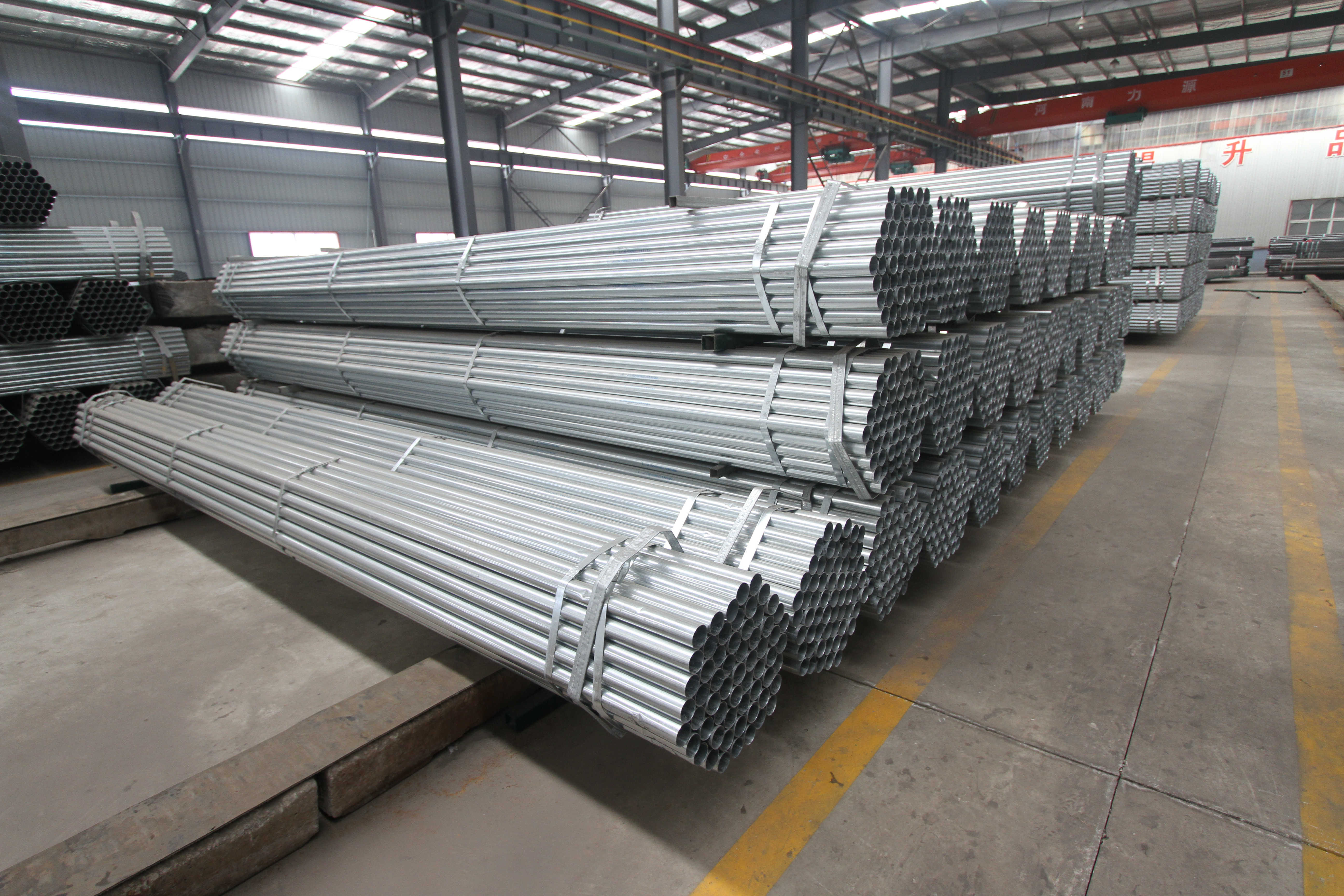It may seem like spring planting is a long way off, but if you’ve been thinking about trying a raised bed kit this year, now is a great time to determine which type will work best for you.
Why might you want a raised garden bed? They offer many advantages. Raised beds keep grass paths from spreading into planting beds, prevent soil compaction from stray footsteps, improve drainage, prevent erosion, and can extend the growing season. Filling raised beds with quality soil is also cheaper and less backbreaking than amending your entire garden to improve soil texture. Az 150 Galvalume Steel Coil

As DIY carpentry goes, building raised beds is a fairly simple project, but if you’re not particularly handy, it can still be intimidating. Fortunately, there are many kits that make installing raised beds easy for even the clumsiest of green thumbs. Which raised bed kit is the best for your garden and the planet?
First of all, raised beds are not the same as planters. Unlike containers, raised beds are open on the bottom, allowing roots to extend into the ground. The best raised bed for your garden depends on several factors, including aesthetics, ergonomics, and construction material. The material used for a raised bed can affect aesthetics and ergonomics, and it’s the biggest factor in environmental impact. Raised beds are most commonly made of natural wood, composite, plastic, or metal. Each of these materials has costs and benefits, and there may not be a clear-cut environmental winner for all circumstances.
Although they may be made from recycled plastic and are technically recyclable, we will not evaluate raised beds made of HDPE, because so few communities are able to recycle plastic in practice and because of the role plastics play in ocean pollution.
Naturally rot-resistant woods like cedar and black locust are the best woods to use for garden beds. Redwood is an excellent choice if you can find a sustainable source. Since the EPA banned the sale of wood treated with chromated copper arsenate (CCA) for residential use, alkaline copper quat (ACQ) and copper azole (CA-B) have become the standard treatment. However, organic standards preclude pressure-treated wood of any kind.
Most composite is a blend of wood fiber and UV-protected, recycled polypropylene. Because composites are made from waste materials and do not rot, they have been hailed as a sustainable alternative to natural wood. However, because they are made from two different waste materials that cannot be separated, wood/plastic composite lumber is not recyclable.
Galvanized steel is recyclable and rust-resistant, lasting from 30 to 70 years. However, the galvanized coating contains zinc and chromium, which may leach into soil over time. These essential micronutrients are toxic in higher amounts. Galvanized containers are generally recognized as safe because high levels of zinc or chromium would kill plants before they could grow to be eaten; however, a definitive answer to the question of whether galvanized steel is appropriate for food crops is not available.
To download our printable comparison chart, click the image below.
Originally published on January 7, 2019, this article was updated in January 2022.
Gemma Alexander has an M.S. in urban horticulture and a backyard filled with native plants. After working in a genetics laboratory and at a landfill, she now writes about the environment, the arts and family. See more of her writing here.
Earth911 is a universal resource that helps you find your own shade of green.
We educate and inform consumers, businesses and communities to inspire thought and facilitate earth-positive consumer decisions.
Small changes by thousands of individuals will have a lasting, positive impact. More ideas make less waste!

China G550 Galvalume Steel Coil © Copyright 2023 Earth Media Partners. All Rights Reserved.